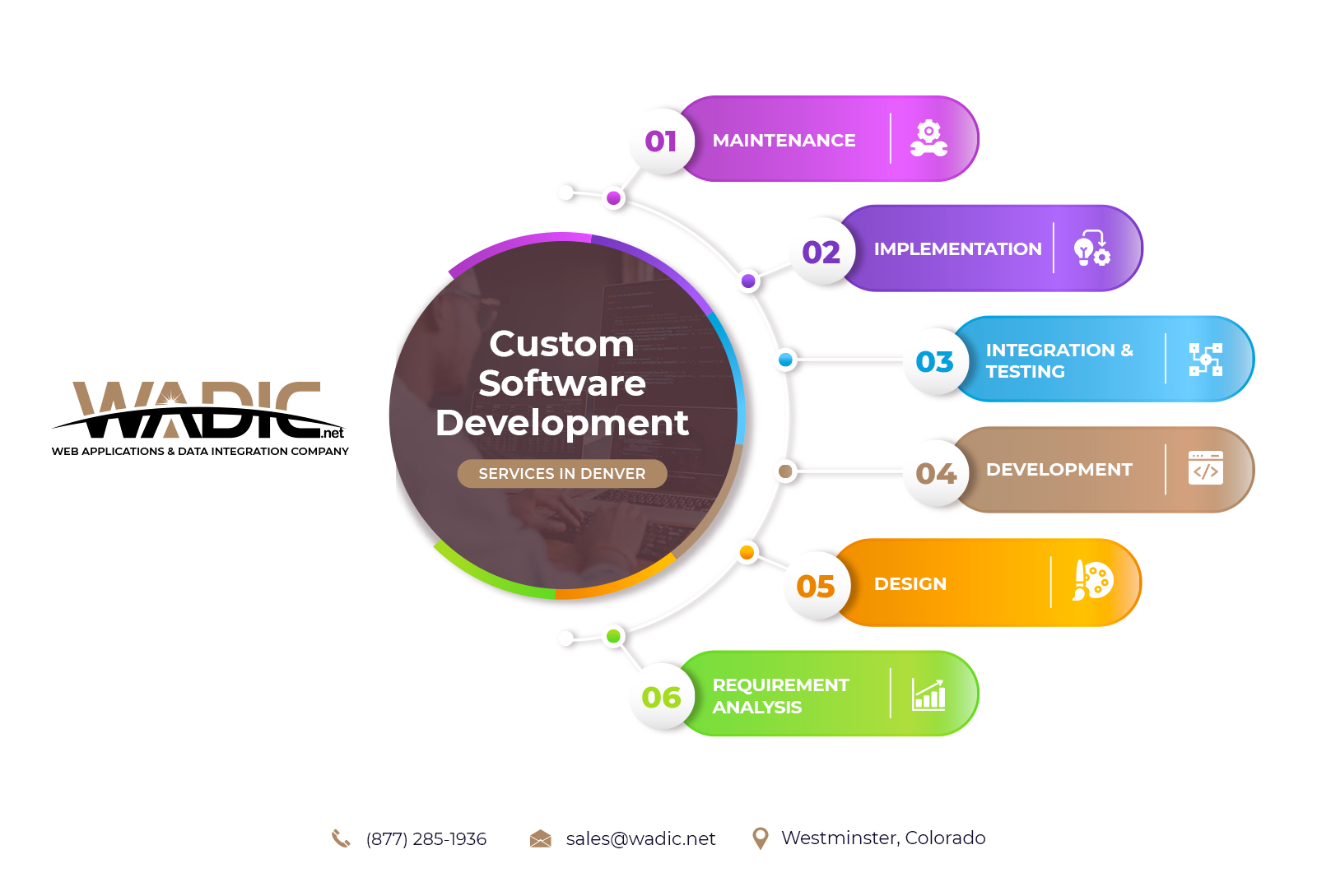Custom Software Development vs Off-the-Shelf Solutions: Which is Right for You?
Custom Software Development vs Off-the-Shelf Solutions: Which is Right for You?
Blog Article
Customized Software Application Advancement: Tailoring Innovation to Fulfill Your Special Demands
In today's rapidly progressing technical landscape, custom software program development stands as a crucial technique for organizations seeking to fine-tune their procedures with precision-crafted services. As ventures objective for smooth integration and scalability, the concern emerges: how does one make sure that custom software application not just meets present needs yet also expects future obstacles?
Understanding Custom-made Software
Custom-made software advancement involves crafting customized software program solutions to satisfy the certain demands of a business or organization, distinguishing it from off-the-shelf software program. While off-the-shelf remedies provide generic capabilities made for mass appeal, custom software application is thoroughly created to fit the one-of-a-kind procedures, operations, and strategic objectives of a particular entity. The development of custom software application is an intricate process that requires a deep understanding of the customer's needs and the setting in which the software program will certainly run.
The procedure begins with a detailed analysis of the client's business procedures to recognize details demands and difficulties that the software application need to deal with. This is complied with by the design and development stages, where software program designers and designers work very closely with stakeholders to make certain positioning with company goals. Unlike basic software plans, custom-made software application is flexible, enabling alterations and scalability as the organization evolves.
In addition, custom-made software application is developed with the company's existing systems in mind, guaranteeing integration and compatibility throughout systems. This leads to enhanced performance and streamlined procedures. By aligning modern technology with service processes, personalized software application empowers companies to attain their goals with precision and efficiency, ultimately giving an one-upmanship in their respective sectors.
Benefits of Tailored Solutions

Furthermore, customized software offers scalability, an important benefit for growing organizations. As a firm's demands develop, custom-made solutions can be adjusted and broadened to suit brand-new performances without interfering with existing operations. This versatility makes sure lasting viability and supports future growth.
Safety is an additional substantial advantage. Custom software can be developed with robust safety methods customized to the details susceptabilities of the company, reducing the risk of cyber threats. Unlike generic software, which may be targeted by widespread attacks, custom-made remedies offer a much less foreseeable target for cybercriminals.
Secret Advancement Procedures
Comprehending the benefits of tailored software application services lays the groundwork for checking out the vital development procedures that make such modification feasible. Central to these procedures are demands gathering, design, growth, screening, and deployment. Each step is carefully crafted to guarantee that the end product aligns seamlessly with the customer's special goals.
The process starts with extensive demands gathering, where you could try here designers participate in in-depth discussions with stakeholders to recognize their particular demands and constraints. This stage is essential for recognizing the software application's extent and setting clear assumptions. Following this, the design phase translates these demands into a tactical plan, describing the software program's architecture, user interface, and functionalities.
Advancement is the core of the procedure, where experienced programmers compose code based upon the well-known layout. This stage is repetitive, permitting continual improvement and integration of feedback. Checking adheres to, acting as a quality control step to determine and fix any problems or inconsistencies.
Cooperation With Developers
Efficient partnership with designers is vital to the success of custom-made software application jobs. It includes regular meetings, clear discussions, and making use of tools that promote info exchange, such as task administration software program and communication systems.
Understanding the programmer's process is likewise essential. Customers that familiarize themselves with the growth procedure can offer even more pertinent comments and set realistic assumptions relating to timelines and deliverables. This mutual understanding fosters a much more harmonious partnership, where designers really feel supported and clients really feel informed.
In addition, including programmers early in the decision-making process can substantially improve the project's end result. Developers bring technical know-how that can influence calculated decisions, making sure that proposed options are not only practical but also reliable. By valuing their input, clients can harness their creative navigate to this site thinking and technical abilities to achieve ingenious outcomes.
Future-Proofing Your Software
In the ever-evolving landscape of modern technology, ensuring your customized software stays pertinent and functional over time is vital (custom software development). Future-proofing your software includes critical preparation and implementation of versatile remedies that accommodate technological innovations and changing company requirements. The trick is to anticipate prospective changes and include flexibility into your software application design from the start
To attain this, focus on scalable solutions that permit for smooth assimilation of new functions or components as your organization expands. Using modular design patterns can promote updates and minimize disruptions. Furthermore, embracing open requirements and interoperability makes sure that your software program can connect effectively with other systems, avoiding vendor lock-in and enhancing flexibility.
Frequently updating your technology stack is also crucial. This entails remaining educated regarding emerging technologies and industry trends, allowing your software program to take advantage of the most recent advancements. Aggressive upkeep and extensive screening procedures are essential to identify and address susceptabilities, ensuring link continual security and performance.

Verdict
Custom-made software program advancement uses a tactical advantage by giving options uniquely tailored to an organization's specific demands, improving functional performance, scalability, and safety. Through thorough demands collecting, collective design, and repetitive development, custom-made software makes certain seamless assimilation with existing systems and versatility to future changes. This technique not only addresses present challenges however also settings businesses for long-lasting success by evolving together with organizational growth, thereby establishing a durable foundation for sustained technical development and one-upmanship.
Report this page